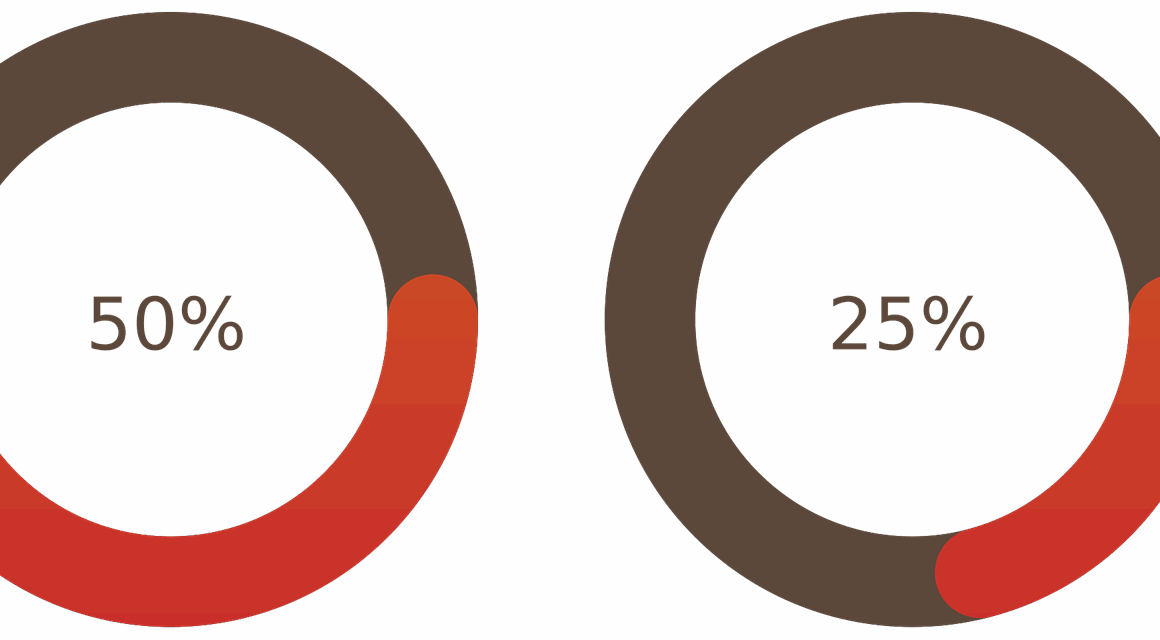How to Use Technology to Support Your Fitness Goal Setting
In today’s fast-paced world, technology plays a critical role in managing and achieving fitness goals. By leveraging the tools available, individuals can ensure they remain motivated and on track towards their objectives. Various applications provide goal-setting features, enabling users to customize their fitness plans. Additionally, wearables such as activity trackers help monitor progress through step counts, calories burned, and even heart rates. Utilizing platforms that allow sharing personal achievements can also significantly enhance motivation. This social component amplifies accountability, making fitness goals less daunting. In this regard, colleagues or friends can have an encouraging influence. They can join you on fitness challenges or simply cheer you on. Setting SMART goals (Specific, Measurable, Achievable, Relevant, Time-bound) is another way technology assists. Many apps offer templates to construct these goals efficiently. Using reminders and notifications can push individuals to stay committed to their routines. Thus, with a combination of specific tools and community support, quite literally at everyone’s fingertips, technology opens doors to enhancing one’s fitness journey. With commitment, tools prove invaluable toward achieving personal health milestones.
For those pursuing fitness ambitions, apps laden with functionalities are essential. For instance, platforms such as MyFitnessPal or Strava provide precise tracking capabilities for various physical activities. Users can log workouts, make meal plans, or monitor their calorie intake with astonishing accuracy. These applications can connect to fitness equipment directly, providing real-time data. Accordingly, users can adjust their workouts based on their progress. This adaptability ensures individuals do not stagnate, ultimately pushing them further towards their desired goals. Another benefit these apps present is the capability to visualize accomplishments and trends over time. Graphical representations of progress can be remarkably motivating. Many fitness enthusiasts also report feeling more engaged when they post updates or milestones on social media. The aspect of accountability these platforms foster cannot be understated. It connects individuals with like-minded people, creating guidelines for sharing tips and encouragement. Therefore, choosing the right fitness app enables customization and personal focus, essential for any journey toward fitness goals. It’s a dynamic relationship where the app acts as a partner that adaptively assists users through their unique fitness challenges.
Wearable Technology: A Game Changer in Goal Setting
The emergence of smartwatches and fitness bands has transformed how people approach their fitness objectives. These devices not only track physical activity but also provide valuable insights into health trends. Users can set specific fitness targets, such as steps per day or calories burned, receiving real-time alerts about their progress. Moreover, some wearables have advanced features, such as sleep tracking and heart rate monitoring, critical components of overall health. By understanding those metrics, individuals can adjust their fitness plans accordingly for optimal results. In addition, these devices can sync with various apps, offering even deeper analysis of performance and motivation. Users can review their progress and set new targets if warranted. Wearables also often integrate gamification elements that reward users for reaching milestones, enhancing motivation. By contributing positively to physical activity, these devices actively compel users to achieve higher fitness levels. All things considered, using wearables breeds a sense of ownership over one’s fitness journey. Ultimately, they become indispensable tools that provide actionable data to inspire individuals towards attaining their fitness aspirations and refining their goals.
To elevate a fitness regimen, combining technology with online communities brings another layer of accountability. Social media platforms allow users to form connections with others sharing similar fitness goals. Users can join groups or forums, providing a space to share challenges, achievements, and advice. This interaction creates a support network, critical for maintaining motivation and commitment to goals. Many individuals report increased dedication to their fitness path when participating in challenges or group workouts. Just as importantly, friendly competition can inspire individuals to push beyond their limits and invest further into their health journeys. Communities can provide inspiration through testimonials and transformation stories that resonate personally. Additionally, technology facilitates content sharing, with many fitness groups on platforms like Instagram or Facebook surrounding motivational quotes and success images. Such exposure often fuels aspirations and helps reclaim focus during inevitable struggles. Therefore, engaging in these communities cultivates a collective effort toward fitness goals. This way, technology becomes a bridge connecting individuals to a broader network, fostering enhanced motivation and collaborative empowerment within fitness journeys.
Reflecting on Progress: Digital Journaling
Adopting digital journaling skills can further enrich the goal-setting facet of fitness routines. Writing down experiences, goals, and achievements can significantly impact one’s outlook on their fitness journey. Utilizing apps dedicated to journaling allows for quick entry and easy access to past entries. Reviewing these reflections aids in providing critical insights into successes and areas needing improvement. Moreover, journaling encourages accountability and consistency; users can discern patterns in commitment levels over time. In addition, sharing entries with a community—whether through forums or blogs—enriches the element of accountability while offering opportunities for feedback. Many have found that constructive criticism coupled with shared successes fosters an environment of growth. Technology also allows for multimedia journaling; users may add photos, voice recordings, or videos for a comprehensive record of their fitness journeys. This multifaceted method can make reflections more engaging, adding a personal touch. Additionally, revisiting early entries enables moments of gratitude and pride, essential to maintaining motivation through fluctuations. Therefore, integrating journaling into technology provides an invaluable way to consolidate insights and elevate one’s fitness journey in a meaningful manner.
When aiming for fitness success, goal reviewing is paramount. Setting goals is just the beginning; regular assessment is crucial for sustained progress. Technology simplifies this process through reminders and automatic feedback. Many apps offer weekly or monthly summaries, providing data about the achievements and gaps in performance. Such feedback can alert users when they deviate from their planned route, presenting opportunities for recalibration. For instance, if weight loss is a target, trends regarding caloric intake versus exertion can provide actionable insights. Consequently, users might discover that adjustments are necessary in either their workout routines or nutritional plans. Instead of aiming blindly, technology encourages dynamic adjustments based on evidence. Furthermore, users can compare previous periods with current data to evaluate changes over time. By reflecting on previous achievements, individuals can recalibrate their objective for more realistic goals or ramp up their expectations. Ultimately, embracing technology as an evaluation tool fosters adaptability in users, making the fitness journey more informed and ultimately heartening. Progress, then, becomes a cycle of continuous improvement driven by technology-enabled feedback mechanisms.
Embracing the Future of Fitness Technology
Anticipating advancements in fitness technology reveals exciting possibilities for goal-setting. With the rapid proliferation of artificial intelligence, personalized training plans could become mainstream. Envision a platform that learns from user behavior while constantly adjusting workouts according to individual progress. This future would further enhance accountability, as customization would ensure users merely engage in workouts tailored to their specific needs. Technology will likely offer neural connections to wearables that proactively suggest exercises based on health data, optimizing routines while minimizing injury risk. Expectations around community features might also expand, possibly incorporating virtual reality for group workouts. Connecting individuals in immersive environments fosters engagement and synergy in goal achievement, regardless of geographical distances. Furthermore, integration with comprehensive health app ecosystems means tracking fitness with daily well-being measures becomes the norm. Users will value insights into holistic health and fitness, an integrated approach. Consequently, individuals can embark on journeys toward comprehensive wellness rather than addressing physical fitness in isolation. Thus, the intersection of health technology and fitness promises a transformative experience for users, empowering them to reach personal bests while experiencing unprecedented support via innovative approaches.
In reflecting on the role of technology in fitness goal setting, it becomes evident that strategic integration leads to significant outcomes. Through various applications, wearables, and community interactions, individuals can optimize their fitness experiences. The combination of accountability and insight offered by technology enables personalizations that were inconceivable a few years ago. Individuals not only track their physical metrics but also cultivate the mindset to achieve their health priorities. Continuous motivation is an essential miracle of modern fitness spaces. Social engagement paves the way for richer connections and consistent encouragement among participants. Future advancements in fitness technology promise to further support individuals on their health journeys. The enhanced focus will provide deeper pathways to holistic well-being, where one’s progress is visually rewarding. Ultimately, goal setting in fitness thrives on technology utilization that amplifies commitment and engagement. Those seeking to enhance their health journey should invest in the available tech powered by an understanding of personal aspirations. With myriad tools at their disposal, reaching one’s fitness goals becomes a thoroughly gratifying and attainable reality.


